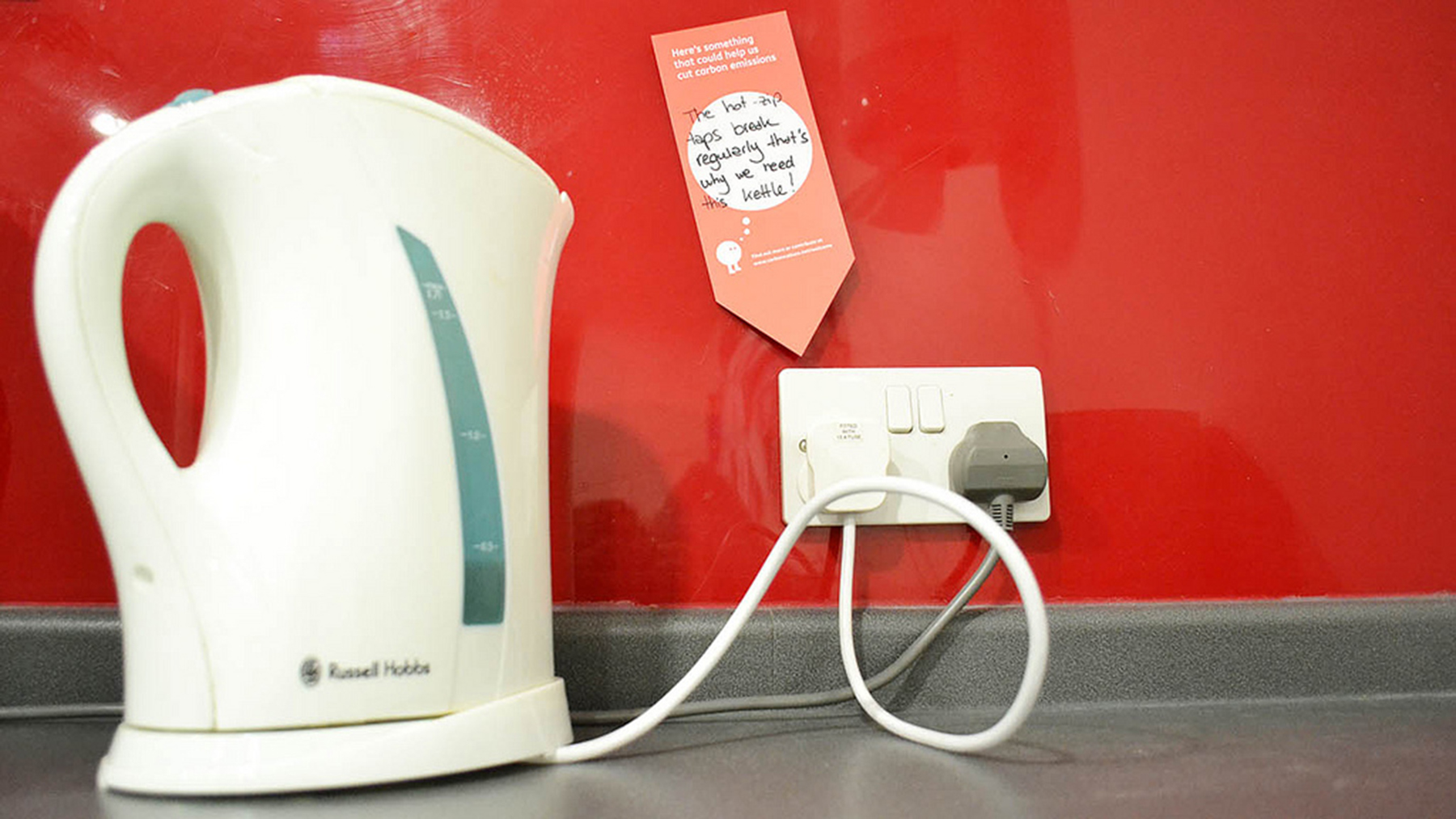
Written for the CarbonCulture blog
It’s a concept really, a convenient way of quantifying the ability of different things to ‘do work’ in various ways. It allows gas, oil, coal, solar, and many other sources of converting and storing energy to be described in terms of the same units. But perhaps because of this invisibility—and perhaps also because energy is usually ‘on tap’—we don’t necessarily always have a good understanding of how and why it’s being used in everyday life, and how our lifestyle and behaviour affects this. As the researcher Corinna Fischer puts it:
“Electricity consumption is… not perceived as a coherent field of action. Rather, it involves activities as diverse as listening to music, cooking meals, working with the computer, or making a phone call” making it difficult for consumers to link all of these various activities together into their ‘frame’ of what saving energy means in everyday life.
“The invisibility of electricity also means that the consumer… does not experience the ‘diminishing stock’… In contrast to products like organic food or sustainable housing, sustainable electricity consumption can therefore not easily become an element of lifestyle.” [1]
Introducing feedback which helps develop users’ understanding of energy as part of a lifestyle—seeing energy flows as a component of everyday life—could help increase familiarity with what energy is and how to use it more effectively.
For households where domestic fuel bills do not take up a significant portion of household income, saving energy through greater consumer knowledge may provide a happy bonus of cash savings (as well as reducing their carbon footprint!). But for households in or near fuel poverty, consumer knowledge and energy literacy can make a huge difference to living standards.
We might see a number of distinct problems. Personal factors such as level of numerical literacy (ability to work with the quantities involved) and scientific literacy (understanding of the systems around us and how they work) can play a role in energy use. As can more impersonal issues such as lack of knowledge of energy use in the UK, energy use in the future, and how these can fit into a global picture—everything from climate change to natural resources to economic growth, and all the attendant questions. As inventor and entrepreneur Saul Griffith points out, these problems are intertwined but it can be quite difficult to connect our day-to-day habits and behaviours and global-scale problems.
[1] Corinna Fischer (2008), ‘Feedback on household electricity consumption: a tool for saving energy?’ Energy Efficiency, 1, pp.79-104.
